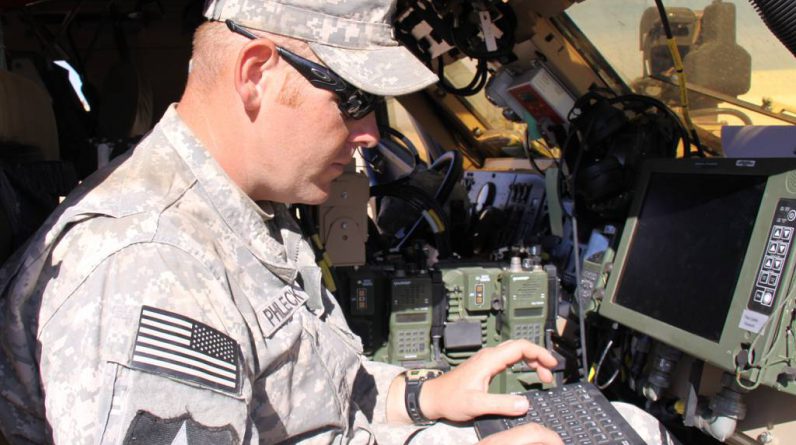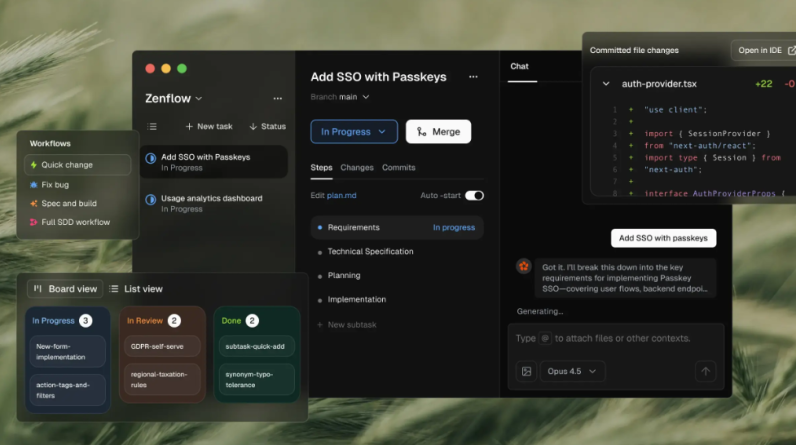
Earlier this year, the Department of Defense announced it had achieved a âminimum viableâ version of Combined Joint All-Domain Command and Control (CJADC2). It was a significant step toward interconnecting troops across land, sea, air, space and cyber, providing warfighters with fast access to intelligence that could make a significant impact.
As CJADC2 evolves, so must the DoDâs edge infrastructure. The organization must ensure that the infrastructure it uses to deliver accurate intelligence in all situations, regardless of the environment or the allies involved. That infrastructure must be resilient in harsh and remote environments and dynamically composable so that intelligence is delivered quickly and without fail as operations and objectives change.
AI and automation can help the DoD achieve both of these objectives. But first, it must overcome the limitations of legacy hardware that make it challenging to get data to warfighters.
Breaking out of the âboxologyâ
Proprietary and siloed platforms donât meet the needs of CJADC2â²s goals of a system to âsense, make sense, and actâ’ quickly on information derived from AI, automation, machine learning and predictive analytics.
Fortunately, the DoD is standardizing hardware through open architecture approaches like the Armyâs C5ISR Modular Open Suite of Standards (CMOSS) and C5ISR Modular Form Factor (CMFF). This will allow the Army and other defense agencies to escape the proprietary âboxologyâ holding them back from being able to take full advantage of edge and AI.
Greater flexibility provides multiple benefits. Military branches can build more dynamic and resilient infrastructures that can be stood up and deployed quickly in every situation. Warfighters can receive real-time insights and gain a âdecision advantageâ over adversaries.
Building self-healing, composable networks
Operating in harsh environments, moving from one operation to another and encountering information sharing challenges between allies can all contribute to interrupted and degraded communications and intelligence gathering.
The DoD must build self-healing edge infrastructures to overcome these challenges. Networks need to be able to quickly and automatically recover and repair themselves in the event of an issue without the need for human intervention. AI and machine learning enable the network to detect and respond appropriately to some of the more common problems like latency, degradations and other performance factors, while automation gives the network the ability to immediately respond to these issues.
Edge networks must also be composable. Composability relies on virtualization and automation to dynamically recreate networking, compute and storage resources as needed. This gives soldiers the flexibility to connect to different assets, which is valuable when working across agencies and with various allies who might rely on unique network infrastructures.
Creating an advantage with open source
Much like the DoD is adopting open standards for its hardware, the agency is also actively implementing open source software through efforts like the Armyâs open source intelligence (OSINT) strategy. The Army and the other military branches can support OSINT and similar efforts by overlaying their resilient and composable networks with open source software that allows for them to take full advantage of automation and AI at the edge.
Open source automation can be applied across different domains, use cases and types of infrastructure. Teams can easily create code to specify automation tasks and apply the same protocols across any edge environment, negating the impact of incompatible technologies. For example, a soldier working with multiple allies in a remote location could specify the steps the network should take to automatically reroute traffic in the event of insufficient bandwidth or capacity.
Meanwhile, open source containers enable teams to port applications, including those using AI, from one environment to another. Containers wrap all the components of an application, including the files necessary to run the application, in a very small and ephemeral package that allows for application portability. Powerful AI resources can be easily created and transported between missions and run on any standardized hardware.
Continuous maintenance for continuous intelligence
Ensuring these implementations are kept up-to-date will be critical to their success. Therefore, the DoD must depart from standard software maintenance cycles and embrace a state of continuous evolution. It has already shown a commitment to do that with the progress of programs like CJADC2.
That commitment must carry over to the edge so that warfighters can maintain high levels of accurate strategic intelligence.
Christopher Yates is Department of Defense and Army chief architect at Red Hat.





